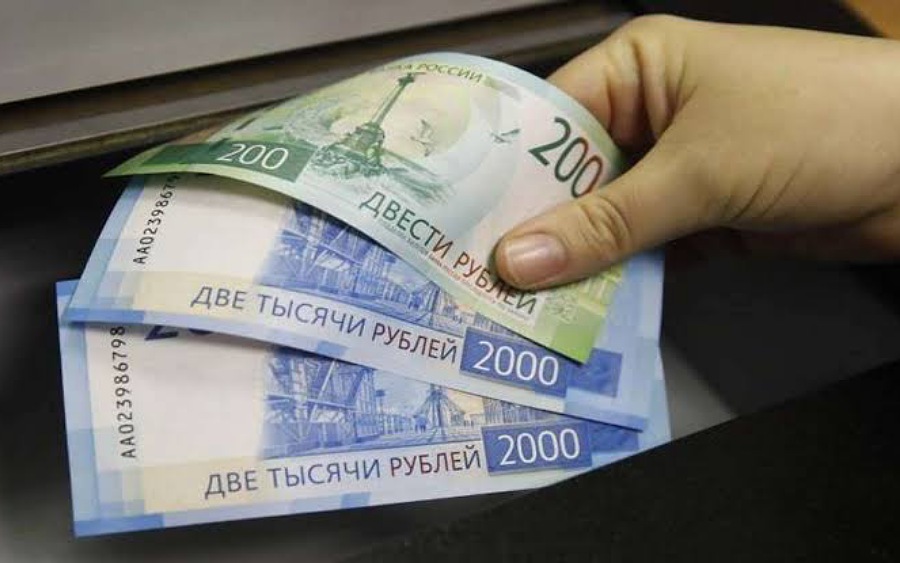After a jaw-dropping rise in the Russian rubles, the Russian Central Bank (RCB) slammed the brakes last week with an unannounced interest rate cut, leading the ruble to fall.
In a press release, Russia’s Central Bank announced lowering the key rate from 20% to 17%. The Bank of Russia said the ruble’s recovery from severe losses in the days following the February 24 invasion had decreased the risk of sharply higher inflation.
The ruble weakened 2% against the dollar after the Russian apex bank cut its key policy rate. On Friday, It traded at 80 rubles to $1, still around the level it was before the Ukraine invasion.
At the time of writing this article, the ruble continues to trend bearish trading at 81.22 rubles to $1, indicative of a 2.27% loss within 24 hrs.
Why did Russia’s apex bank cut the interest rate
The Russian Central bank stated in the press release that the “decision reflects a change in the balance of risks of accelerated consumer price growth, a decline in economic activity and financial stability risks.”
This means that the RCB’s performance on the exchange rate front, which trickles down to minimize the danger of inflation, gives the flexibility to encourage growth through interest rate reductions.
The Bank said, “The latest weekly data point to a noticeable slowdown in the current price growth rates, including owing to the ruble’s exchange rate dynamics. The tightening of monetary conditions already in place is partly offset by the lending support programmes launched by the Government and the Bank of Russia, but it will continue to limit pro-inflationary risks.”
While the rate decrease indicates that the bank can begin to reduce its most severe emergency measures, Russia’s economy may remain in the grip of a terrible recession, according to projections.
What you should know
Nairmatrics reported that the ruble had gained 75% against the US dollar in the past month, and was 6% away from reaching YTD levels. Despite the strength of the rubles, fears of economic construction loom.
Manufacturing activity in Russia shrank at its fastest pace since May 2020, the S&P Global purchasing managers’ index (PMI) for Russia fell from 48.6 in February to 44.1 in March, with anything below 50 indicating contraction.
The European Bank for Reconstruction and Development predicts a 10% drop in the Russian economy, the country’s worst in more than 30 years.
Fears of a Russian sovereign debt default have not materialized, with the Kremlin successfully servicing a recent widely watched bond payment despite the shackles of Western sanctions that have frozen large sections of the central bank’s $640 billion foreign currency holdings.
